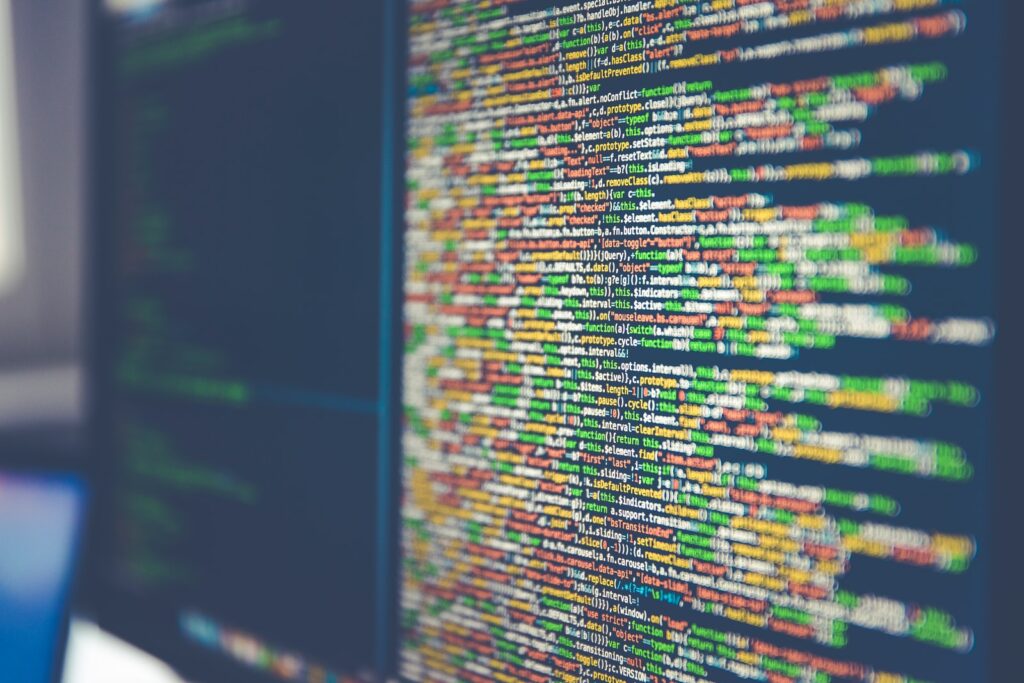Data scraping on Linkedin allows you to automatically retrieve content from Linkedin. It's a very simple and effective marketing strategy. It creates an impressive database of contacts that can be used for profile searches and recruitment. What is scraping How do you manage your data on Linkedin? If you'd like some answers to help you get started, please read this article.
Table of contents
What is scraping?
The scraping is a technique used to remove information from a web page for use on another page. This marketing technique is aimed at direct competition. Content gathered from a website is simply copied and pasted. Scraping is generally useful during competitive intelligence. E-commerce sites often use it.
This technique can also be used as part of a marketing analysis. However, this is not ethically advisable. The scraping Linkedin is one of the "growth hacking" methods. These methods enable you to rapidly improve your market and your position in relation to the competition. They also make it easy to find business partners.
How to scrap on Linkedin?
To set up the scraper, it is important to look for the data locations in the HTML of the web page to be copied. Start by inspecting the HTML by opening your browser. Then go to the Linkedin. Once you have entered your login details, you need to enter the keyword and press the enter button.
Right-click before clicking on inspect. The scraping process will be launched automatically as soon as the CSS tag is found. The next step is to click the cursor at the bottom left to make the search easier. These steps are very easy to carry out.
Some people opt to use software. But there are many other possibilities, like this one:
- display the login change by noting a python
- switch to recovery of identification cookies using a browser extension
- the implementation of surveys in JavaScript.
It is also a solution that can prove effective.
Why scraping on Linkedin?
Scraping on Linkedin allows you to scrape the Linkedin sales navigator paid data page. It's a technique for searching profiles for personal use or in accordance with the conditions imposed by the platform. The aim is to have a browser button so that the content of the page to be copied can be sent to a talend.
The content of the web page is then processed, organised and loaded into your database. The aim can be both personal and professional. For example, it could be to increase the number of followers, a study of prices on competitor sites or market research.
Scraping on Linkedin is used to make a name for yourself. It allows you to improve your position on Linkedin. It is possible to find the exact response containing the targeted information with a premium account. Scraping on Linkedin also makes it possible to recover the JSON string in the HTML. The aim is to browse the data received and retrieve sensitive information.
For new companies, this technique enables them to build up a customer portfolio quickly. It also makes prospecting and recruitment easier. It's easy to build up a good reputation. As you'll have realised, it's easy to cross-reference information by type of activity, region and type of company, so that you have the best profiles on Linkedin. If you have a large number of followers, it's obvious that you'll be much better known.

What are the tools for scraping?
There are a variety of Linkedin scraping tools. There are even free offers. For example, with Import.io you can scrape data starting from the web page. The data can be transferred in CSV format. You can also easily scrape hundreds of pages in record time. What's more, you don't need to use codes.
Webhose.io is also a tool that provides direct access to titled data. It can extract data in at least 240 languages and save it in a variety of formats. There's also CloudScrape, which lets you gather data without even downloading it. You can save directly to Google Drive and DropBox.
There's also the Spinn3r tool, which is very useful for retrieving all blogs and other content. What's more, it lets you scan directly on the web.
The limits and risks of scraping on Linkedin
Scraping is a technique that is considered illegal in some cases. For those in the know, it involves stealing information in order to copy it. Its aim is to divert traffic. It is obviously similar to plagiarism. That's why Google penalises it.
You have the possibility of scraping with the use of software or computer programmes where use is measured. The cookies received are stored in the browser for personal use. The use of the data enables the legality of your action to be measured. They can be used as part of a cold calling or cold emailing survey or in B2B exchanges.
Otherwise, you will need to set up an automatic invitation system or campaign. As you will have realised, the public data made available to you is used in the same way as private data. Only in this case can scraping be legal. JavaScript can be used to manipulate cookies, and much more besides.
In short, Linkedin scraping offers many advantages. You can use a number of tools to do this. However, it should be noted that this technique is sometimes considered illegal. It is therefore important to be careful in order to take full advantage of its benefits.

Leave a Reply